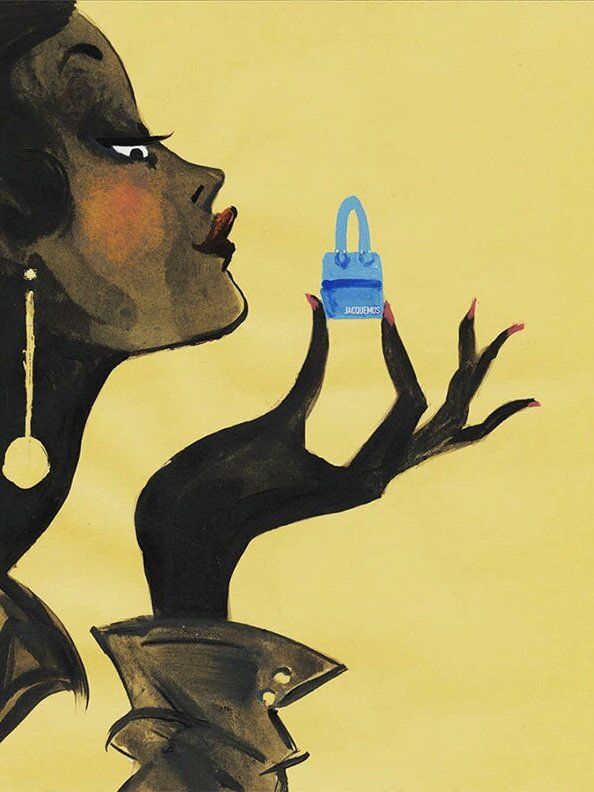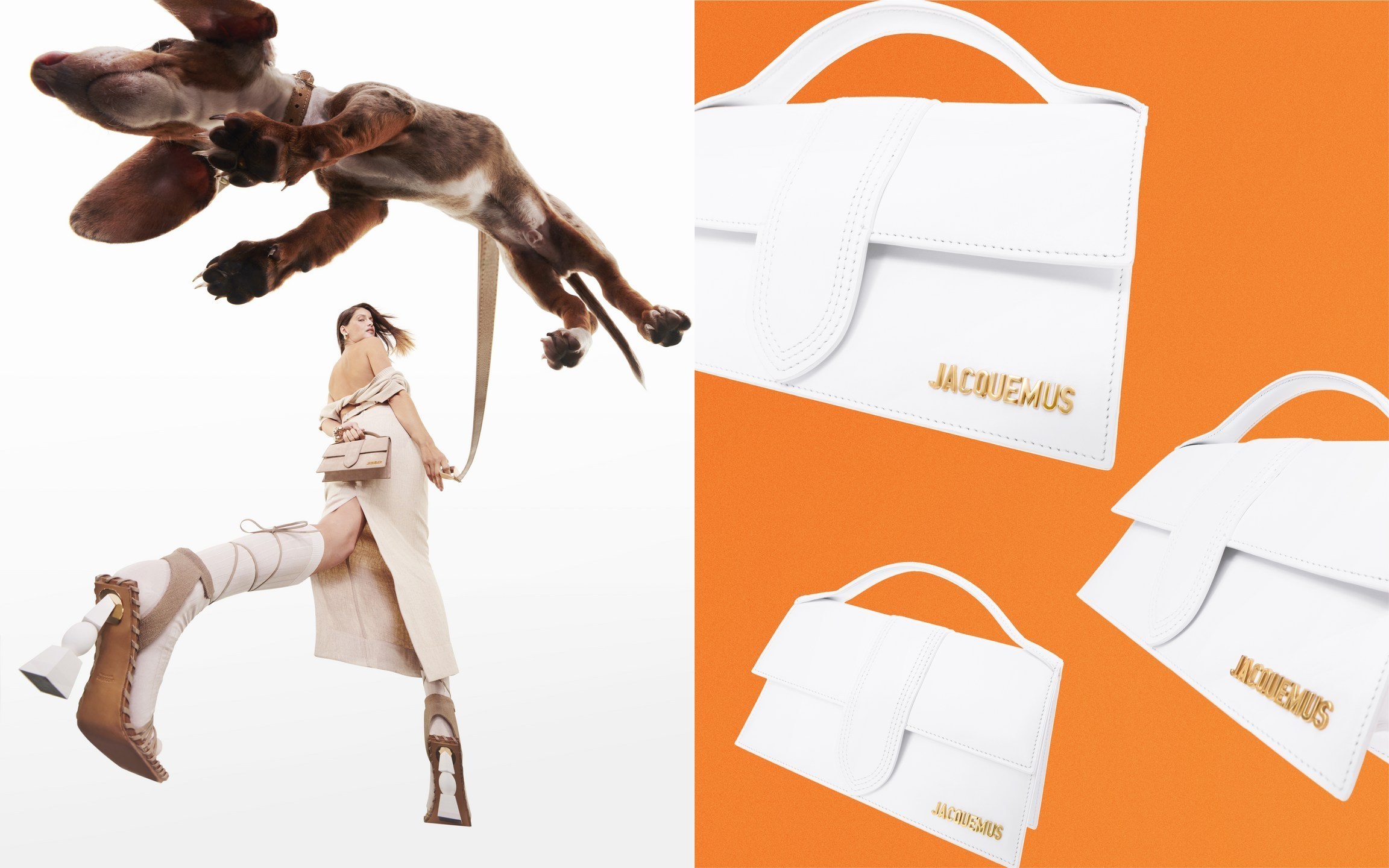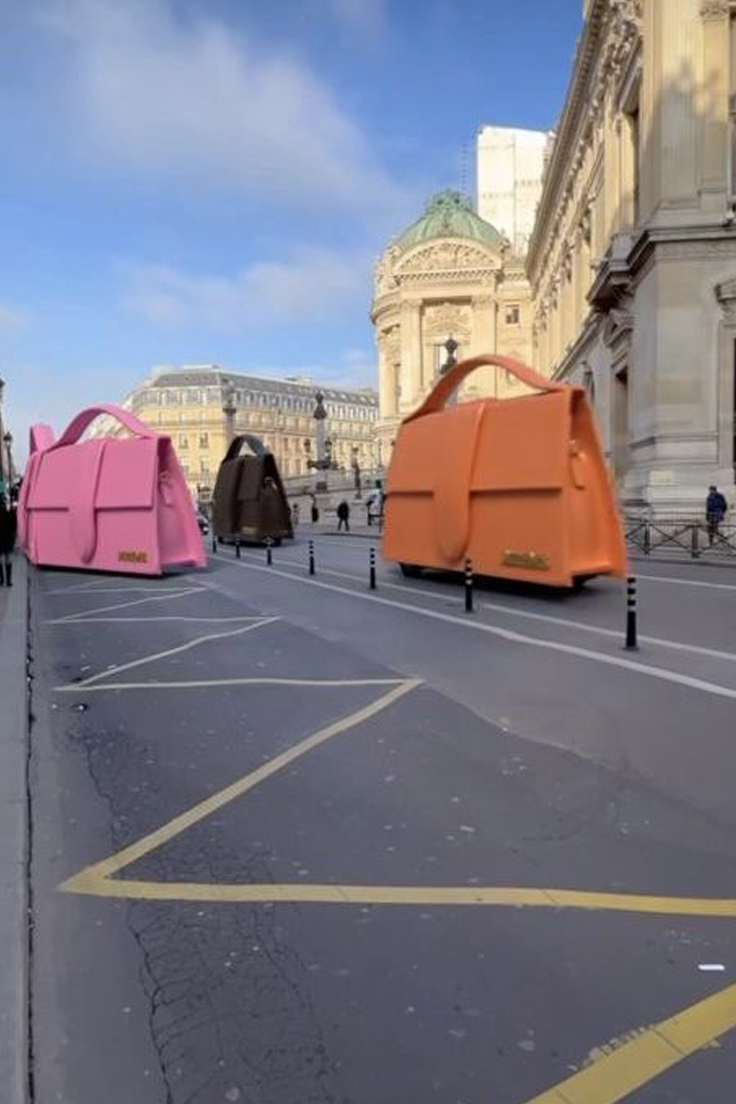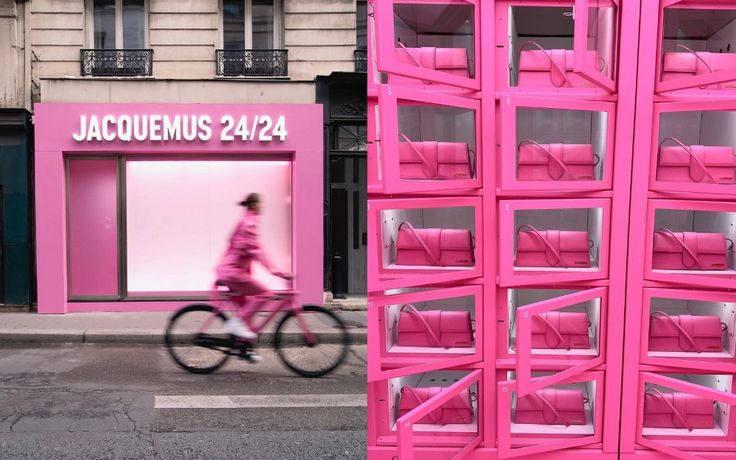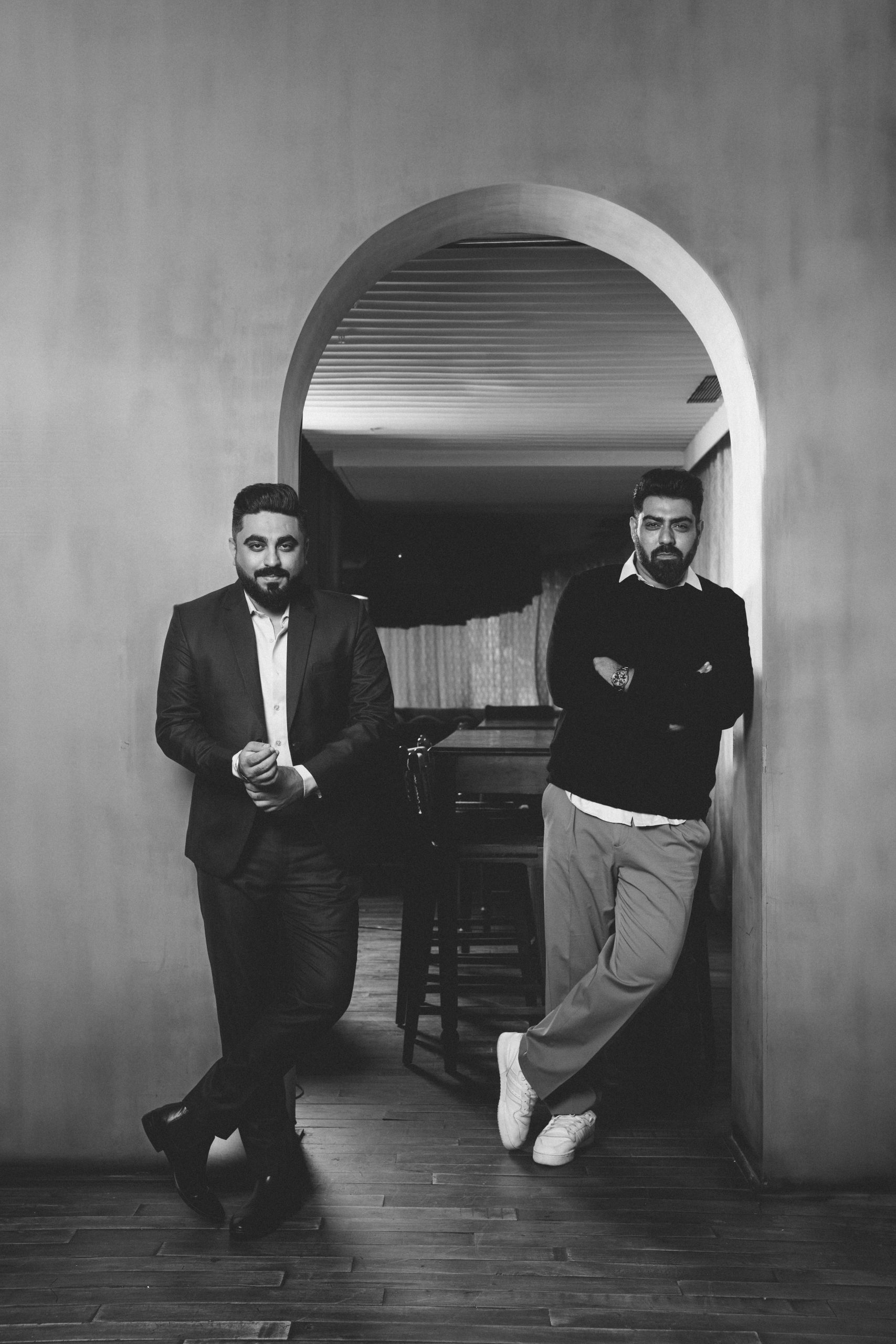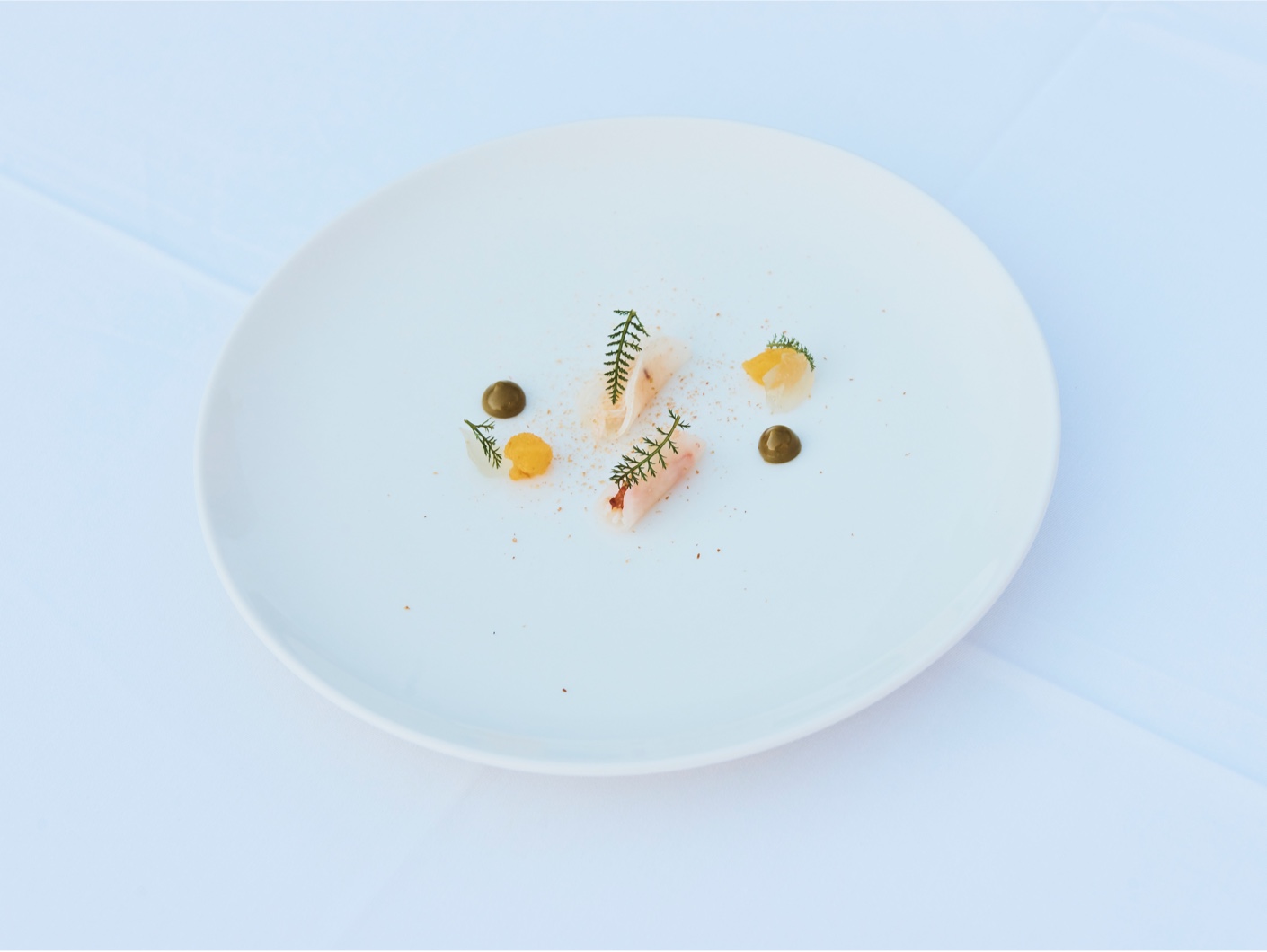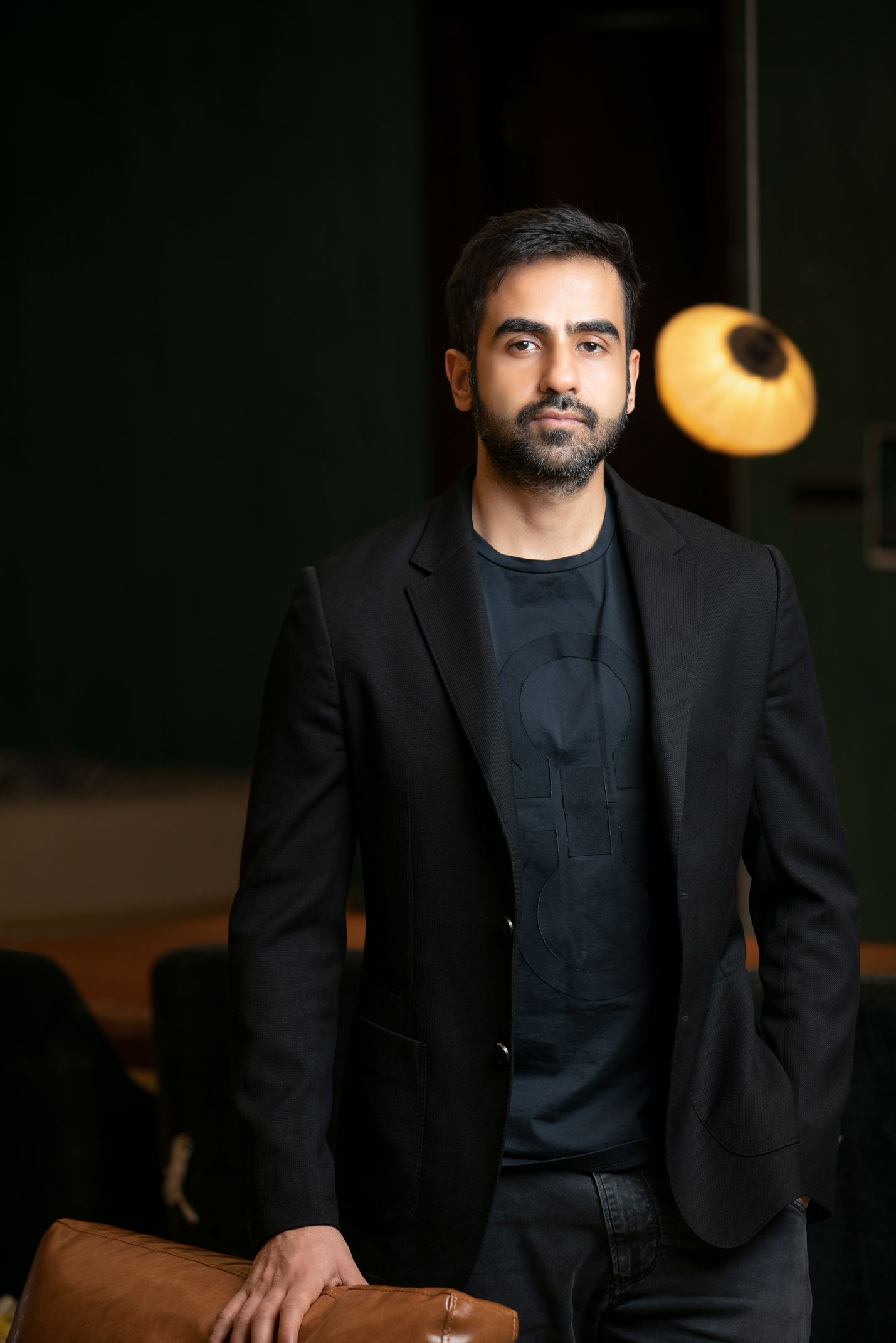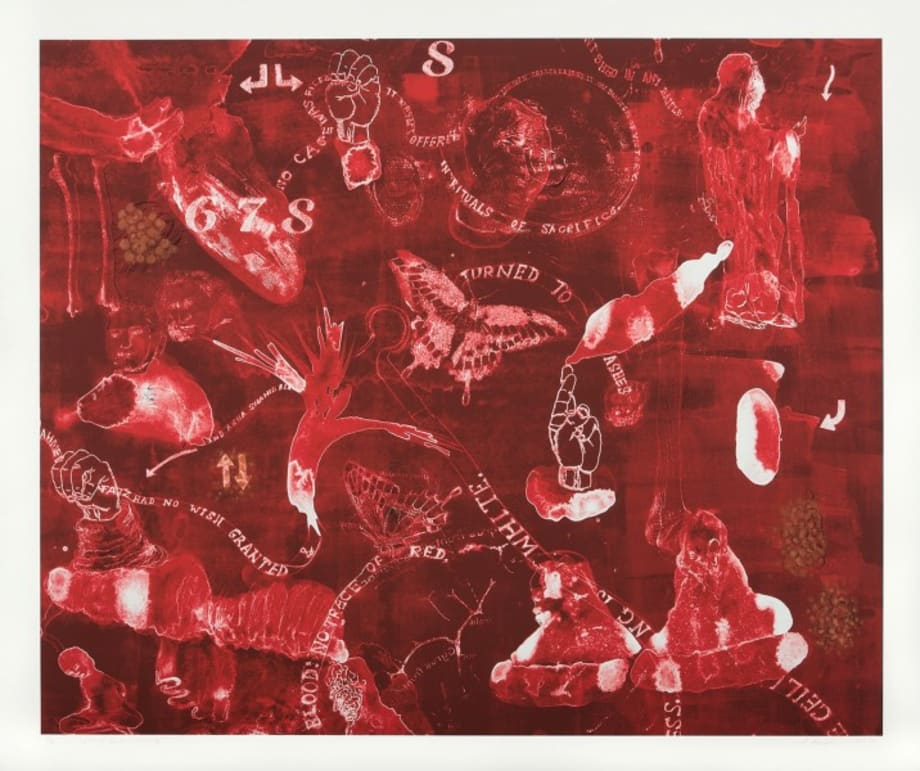World over, marketers and salespeople have been sticking by the dominant narrative that in our hyper-stimulated, hyper-digital times, human attention span has steadily reduced. Even Time magazine declared: “You Now Have a Shorter Attention Span Than a Goldfish”. This attitude has been a major influence on all media messaging. It has been pivoted as being about facts; delivered in bite sizes; quick and flashy. But fortunately, they all seem to have got it wrong. In going down this path, these campaigns lose out on developing a connection between their products and our personal memories.
French luxury brand – Jacquemus – has been avoiding this trend from their inception in 2009. Instead, they have charted their own course with an innovative approach to marketing. They’ve been at the forefront of ‘surreal marketing’ — employing shock, awe and whimsy, to capture their customers’ attention. “In fifteen years — quite a short time in fashion — Jacquemus has managed to position itself as a scalable luxury brand. But interestingly, it is one that also appeals to the younger generation,” remarks Ragini Vijay, a brand strategist with the fashion agency Border&Fall and brand manager with Chanakya International, a global textile house with enduring partnerships with Dior, Prada, Moschino, Marni among others. She hazards, “that being an independent brand, led by its founder Simon Porte Jacquemus, they are able to leverage personal storytelling more than the heritage luxury fashion houses”.
In 2016, Jacquemus launched a distinctive advertising campaign that diverged from traditional fashion marketing by omitting clothes.
Ragini points out that unlike other contemporary brands, Simon immediately interlinked his brand with his personal story. “Jacquemus was his mother’s maiden name — he loves her, she was beautiful, [and] he loves beauty and objects of beauty. The feel of this brand is very bucolic, French Provence, easy and chic. And so, even though it might be exclusive — it translates as emotional and relatable to his younger customer base.”
Ateev Anand, designer behind the “considered clothing” brands Re-Ceremonial and Teev, notes that, in terms of the clothes themselves, “Jacquemus is French simplicity with an edge”. The standout is “their fresh, digital-first approach to marketing,” he adds. So, while they might do a fashion show on a 500-metre-long pink runway set against the backdrop of a lavender field in Provence or have models sashaying through the Palace of Versailles or even the Instagram clip of their Bambino bags cruising down the streets of Paris [created by Ian Padgham, a Bordeaux-based, California-born 3D artist]. For Ateev, it’s really Jacquemus’s ability to take French heritage filtered through his own personal narrative “and transfer it through the digital space to generate Instagrammable moments. And even though these events are invite-only and the locations are impossible to access, his customers feel like they have front-row seats because of the brand’s story-telling on social media”.
This intimacy between the brand and its customers is also enabled because “Simon [the founder] doesn’t shy away from being part of the campaigns and the promotion of the brand. And also, on Instagram, he puts up his mood boards and goes through every single image to detail out the way it influenced the clothes in the collection. This invitation to witness his process of creating feels special too,” Ateev says. And while all of his customers might not make it to his fashion shows, he’s able to “create memorable, immersive experiences for his other customers to access as well through his pop-up stores across the world,” says Dipen Desai, director of marketing at HiDesign, a handcrafted luxury leather brand.
(L-R) Jacquemus’ 500-metre-long pink runway in Provence; Bambino bags cruising down the streets of Paris.
“Lots of brands do pop-up stores but it’s Jacquemus’ tongue-in-cheek approach to luxury fashion like their first experimental store ‘Jacquemus 24/24’ in highlighter pink inspired by snack vending machines,” he says. This was over three years ago, for three days, customers in Paris could buy the brand’s new ‘it’ bag along with other pink hats and sweatshirts in a self-service system. It made buying fries and fashion, the same. “Their approach to the pop-store isn’t just visually impactful. It transforms one’s experience of shopping, which renders it sticky – something one wants to post about on social media or remember for months or years later,” he adds. This “organic” ability to create user generated content from their customer base is a key element in their marketing strategy, Dipen explains.
Jacquemus has been leading the way for the creative directors at the heritage luxury fashion houses to bring similar elements into their own marketing campaigns. “It does feel like a strategic decision in order to generate profits with the other brands. While with Jacquemus, it might be so, but it doesn’t come across like that, it feels very French ease – I’m not trying to do it yet everything is falling into place,” says Ragini.
Jacquemus 24/24 in highlighter pink inspired by snack vending machines.
One that doesn’t ring false for Ateev is Balenciaga’s collaboration with the British make-up artist and drag queen Alexis Stone. “Demna Gvasalia, the creative director, invites the celebrities impersonated by Alexis Stone – Jessica Lange, Miranda Priestly from The Devil Wears Prada, Mrs Doubtfire – to attend his shows and these images go extremely viral. And they are inspired by pop culture and feedback into it again,” says Ateev. “It’s all about creating a moment with Balenciaga.” For storytelling, Ateev highlights the jewellery brand Alexis Bittar, “they use a soap opera-esque aesthetic to shoot their reels that follows the life of a character called Margeaux Goldrich and her assistant Hazel. And now, the celebrity stylist Law Roach is a new character. So they are literally making an on-going, hi-production, scripted series which takes product placement to a whole new level”.
In these ways, fashion brands have steadily moved away from simply communicating their campaigns as short eats. Instead, they have returned to “building loyalty, returning customers – the backbone of any retail business, except through the digital medium and the need to be attention-grabbing in that space,” says Ragini. “It is a return to good story-telling that hooks us,” echoes Ateev. The kind that captivates, delights and thrills. And if it is a story people love, we tell other people – doing all of the heavy-lifting for them.
Words by Joshua Muyiwa.
Featured Artwork is titled ‘Eeee a mini mini’ by Mokshini.
